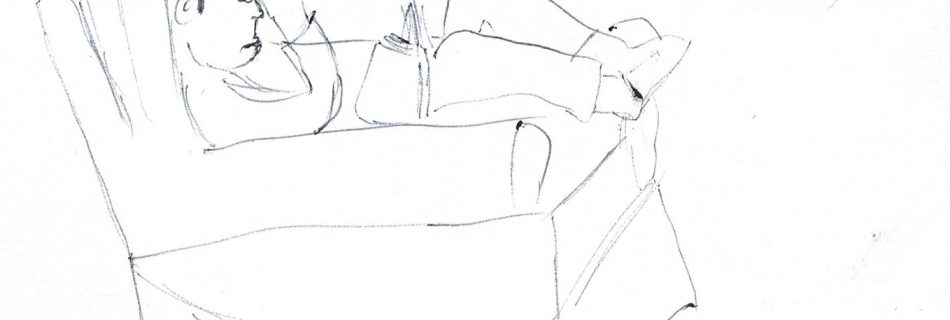I haven’t been sleeping well lately. It’s partly my fault since I’ve been staying up late watching pointless TV shows on Hulu. When I do go to bed I end up thinking too much. I usually come up with ideas that I feel I have to write down. So I get up and write them. Or worse, I use my note taking app on my phone. That kind of late night screen time, even a few seconds, just wakes me up too much. Unfortunately, this behavior can be a detriment to creativity.

I used to not even bat an eye at not getting enough winks. But it’s been affecting me more lately. When I’m tired and sluggish I have little capacity for creative thinking or doing. I’m OK working on left brain analytical projects which is a lot of what I do for my job. It’s after work when I have time to write, build or edit that I find myself flagging with little motivation to do the things I really want to do.
I started thinking about this today after coming across an article on the London School of Economics and Political Science Review website (LSE). The article asserts that creativity isn’t a fixed commodity. It waxes and wanes based on several factors including rest and stress.
Stress is another big creativity killer for me. I get really nervous when preparing to speak publicly. When I’m prepping to give a talk, that’s about all I can do. Forget writing poetry or sketching something the night before an event.
After a stressful event, my mind relaxes and it more easily shifts to creative endeavors. The same thing happens when I’m more rested from adequate sleep. The key, according to the LSE article authors, is in allowing physiological recovery, primarily through sleep.
Of course this isn’t anything new. Last year I read an excellent book called Rest: Why you get more done when you work less, by Alex Soojung-Kim Pang. Pang makes the case for not only a good night’s sleep but resting throughout the day to allow your mind the time it needs to work on problems and ideas subconsciously. There’s a lot more to his book and I highly recommend you read it. It’s one of the rare books that I actually read all the way through.
Ultimately, the point is that we’re much more creative and productive when we aren’t running ourselves too hard. Putting in more hours to the detriment of rest and reflection will only make you less effective at what you’re doing.
Now I have to heed this advice, keep Hulu off at night and get more sleep.








